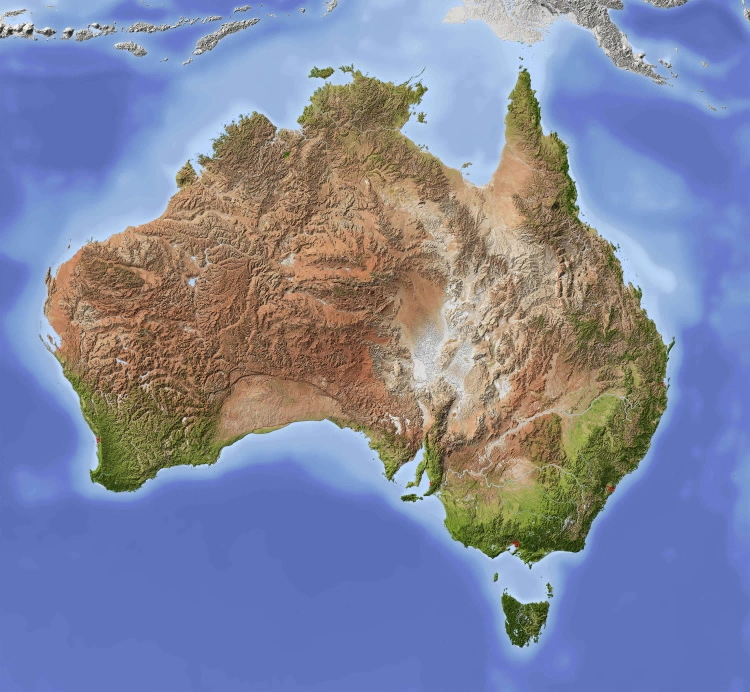Alon Levy, co-lead of the transportation and land use program at New York University’s Marron Institute, has spent years studying why some countries are able to build transport infrastructure cheaply and others aren’t.
Though the preliminary business case of the expansion of Gold Coast light rail includes few details, Levy estimates that the project may ultimately cost as much as 10 times more than comparable European infrastructure.
Those include, Levy says, a lack of contracting transparency, over-engineering, politicisation, poor allocation of cost risk – and above all, contracting out to the private sector.



I was thinking enthusiasm from the general public, not so much governments. It’s not that it isn’t a good idea, it’s just that conventional rail can often be a better alternative in many cases. But when it’s the choice between building nothing and building light rail? Then yeah, building it’s the obvious choice. And obviously, light rail is the better option in certain cases too.
Yeah it can. In most of the cases I’ve seen though, it’s been a question of light rail or buses. Buses also have their place for sure, but any time you’re sincerely asking the question “should we build light rail or use buses?” the answer is almost guaranteed to be light rail. That goes double if the buses are going to be BRT with specific dedicated infrastructure anyway.